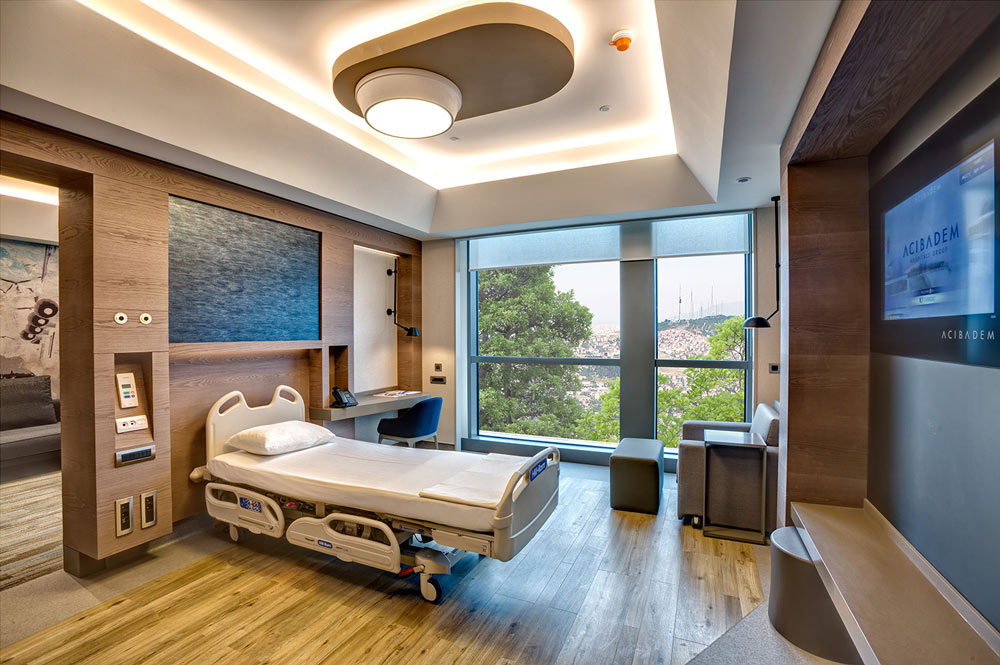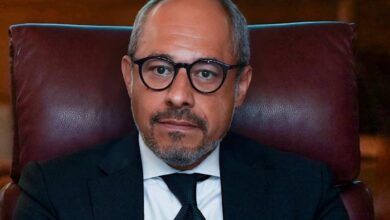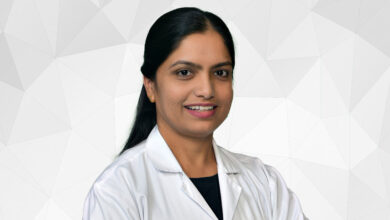Bone Marrow Transplant made safer and available to all
“Not every patient is lucky to have a fully matched donor. New methods give us a chance to cure the patients, give them a chance to live longer and healthier.”

Bone marrow transplant, also known as stem cell transplant, has become a remedy for today’s most difficult blood and tissue cancers. For the success of bone marrow transplantation, physicians have been looking for fully compatible donors for years. Unfortunately, most of the patients did not have perfect matched donors, and therefore, they could not benefit from bone marrow transplantations. However, this situation has changed with the recent developments in technology and cell engineering. Nowadays, in a limited number of advanced medical centers worldwide, patients who need a bone marrow transplant can be successfully transplanted from non-fully compatible donors. “Not every patient is lucky to have a fully matched sibling or donor. New methods give us a chance to cure the patients, give them a chance to live longer and healthier,” says hematology expert Professor Siret Ratip M.D., Head of Adult Bone Marrow Transplant Center in Acıbadem Altunizade Hospital in Turkey. These methods are called haploidentical transplantation and matched unrelated donor transplantation (MUD).

Life-saving option for patients with blood cancers
Bone marrow is the soft tissue inside the bones, containing stem cells that turn into blood cells, like red blood cells, white blood cells, and platelets. When it is damaged for any reason, the body does not produce enough healthy cells for blood and immune system. Certain types of cancer like leukemia, lymphoma and multiple myeloma, as well as some aggressive cancer treatments, like high doses of chemotherapy or radiation, can destroy the bone marrow. In these cases, a bone marrow transplant is needed to restore key functions. This method is usually applied in the treatment of cancers that develop in the lymph nodes, blood and some solid organs, as well as bone marrow failure and certain genetic diseases. Depending on the patient’s case, it can be performed either with own cells (autologous transplant) or using healthy cells from a donor (allogeneic transplant). The autologous transplantation, however, has a limited scope of application. For allogeneic transplantation, the perfect match between the donor and the recipient was the primary condition for success for many years.

Only 30% of patients have full-matched relatives
Prof. Siret Ratip states that the best alternative for allogeneic bone marrow transplantation in acute leukemia patients with high-risk factors is a full-match transplant from a brother or sister. An allogeneic transplant requires matching the patient’s tissue type, specifically their human leukocyte antigen (HLA), with that of the donor. The closer the HLA match between a donor and recipient, the greater is the chance for the transplant to be successful. If the HLA match is not close enough, the immune system recognizes the HLA mismatch and attacks the foreign tissues. This process is known as graft versus host disease (GVHD). HLA types are inherited so siblings can sometimes be a good match for each other. But only about 30% of the patients have a full matched brother or sister, says Prof. Siret Ratip. Today, there are still good options for those who cannot benefit from full-match transplantation: they can receive healthy cells either from a matched unrelated donor from national or international bone marrow banks, or from haploidentical donors such as half-matched brother or sister, mother or father, or even patients’ child.

Matched unrelated donor might be the alternative
Matched unrelated donor, shortly MUD, is an alternative option for patients without a family donor. Prof. Siret Ratip explains: “At Acıbadem, we also perform matched unrelated donor transplantation for patients who do not have a full matched donor. Initially, we start searching at the national bone marrow banks which usually takes about 2-3 days. If there are no compatible donors, we can go on searching the international banks which takes much longer.”
An international donor search is a time-consuming process and it may take 4 months or longer from initiation to actual transplant. For those who do not have a full-matched family donor and cannot wait enough for a matched unrelated donor, a haploidentical transplant might be the solution.

Half-matched transplantation is now possible
“The new advances in technology allow us to perform haploidentical transplants with similar outcome and risks as unrelated donor transplantation,” says Prof. Siret Ratip. It is also called a half-matched or partially-matched transplant because the donor is a half match for the patient, usually a family member – it could be mother, father, son, daughter or sibling. They can all be haploidentical donors. Haploidentical transplant is a new and advanced type of bone marrow transplantation that needs an expert team, know-how and equipment.
Prof. Siret Ratip explains that haploidentical transplantation can be performed by two methods. The unmanipulated method uses high doses of chemotherapy and immunosuppressives to prevent rejection of the graft. Unfortunately, it often leads to severe infections and organ damage. The second method suggests special cell processing, where alpha-beta T-cells responsible for potentially lethal graft versus host disease (GVHD) are depleted from the donor graft. “In Acıbadem, the manupulated method with high technology is used. Not only alpha-beta T-cells are removed from the donor cells, but also the cells that harbor the Epstein-Barr virus CD 19+ are removed. Furthermore, we infuse mesenchymal stem cells to prevent fatal GVHD, and also we manipulate the donor T-cells and infuse useful antiviral T-cells of the donor to the patient to allow better immune reconstitution following transplantation.”

Why Acıbadem Bone Marrow Transplant Center?
Bone marrow transplant is one of the most complicated medical procedures today, which requires advanced equipment and extensive experience. Acıbadem Healthcare Group in Turkey is one of the few centers around the world that provide advanced transplant options for autologous, allogeneic and haploidentical transplantations, both for adult and pediatric patients. Bone Marrow Transplantation Centers are supported by Acıbadem infrastructure and equipment for transplantation. Collection of bone marrow and stem cells and the selection and processing of the collected stem cells are carried out in the cGMP-accredited laboratories of Acıbadem Labcell, which have been designed specifically for these purposes. All services in the centers are offered in line with international standards and in sterile settings.
Acıbadem units specialize in haploidentical transplants which eliminate the need of searching for an unrelated matched donor from bone marrow banks and lead to a valuable gain in time. Acıbadem utilizes the latest transplant technologies and with the aid of an experienced clinical team, provides the patient with the best chance of survival.
















